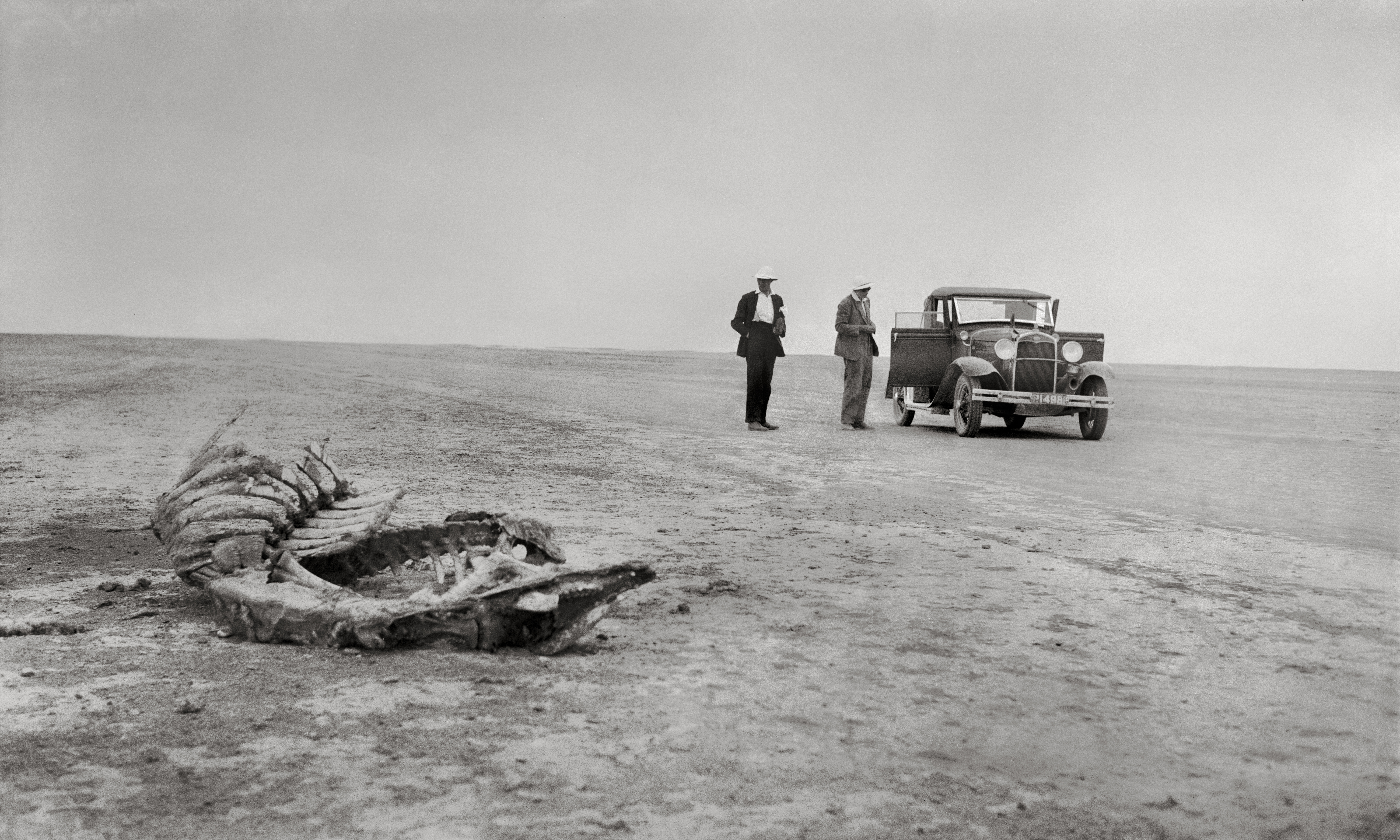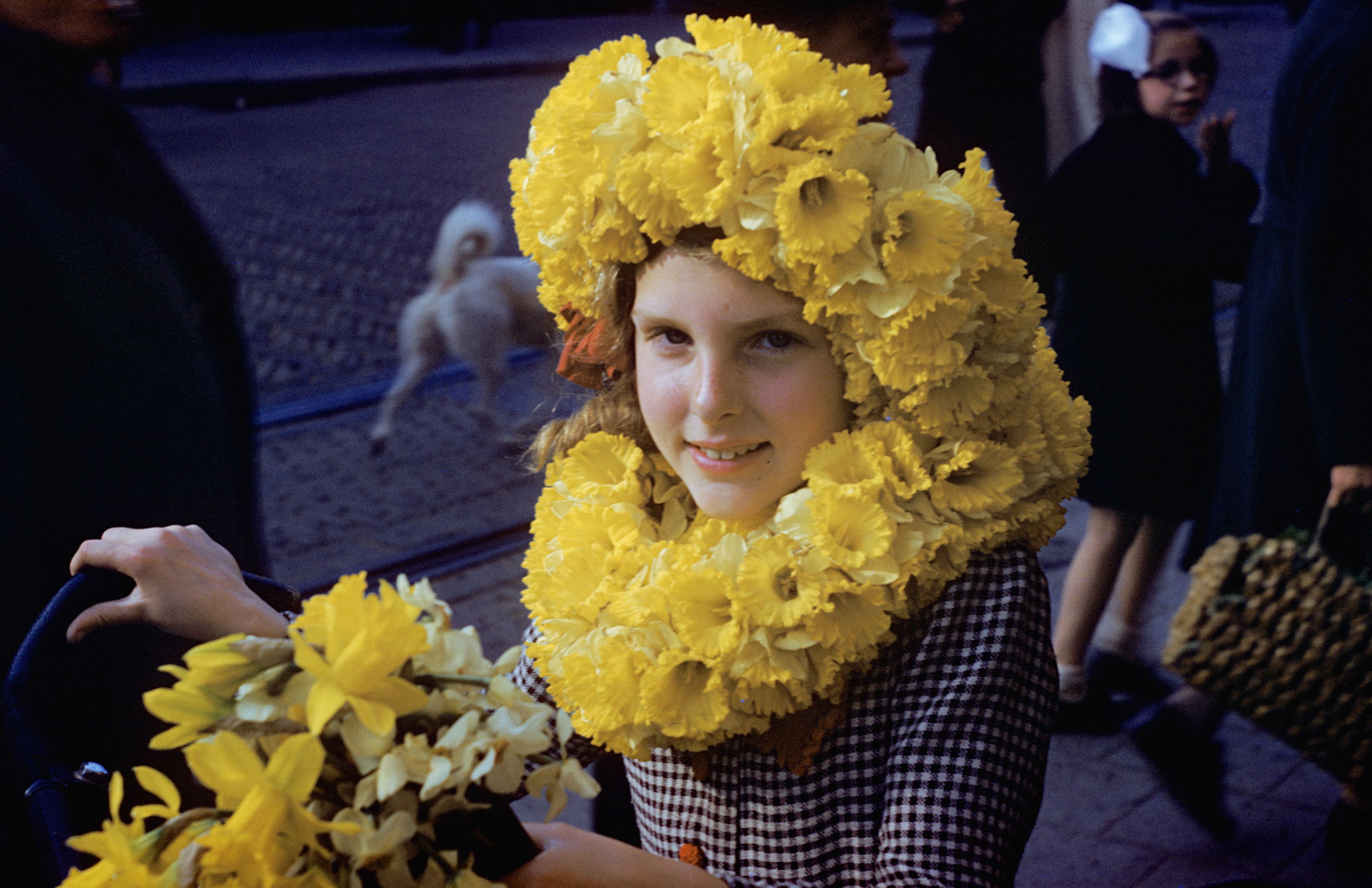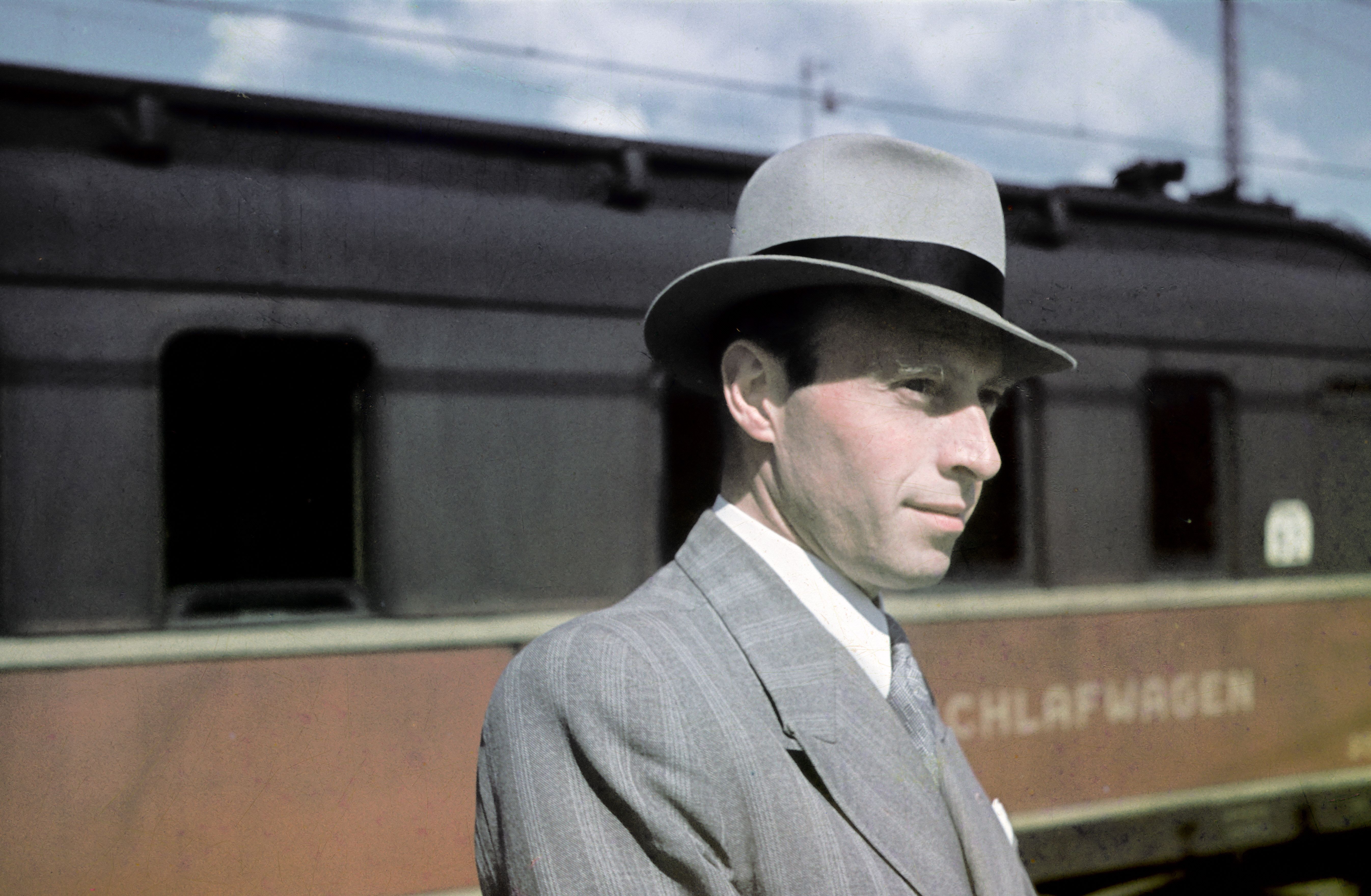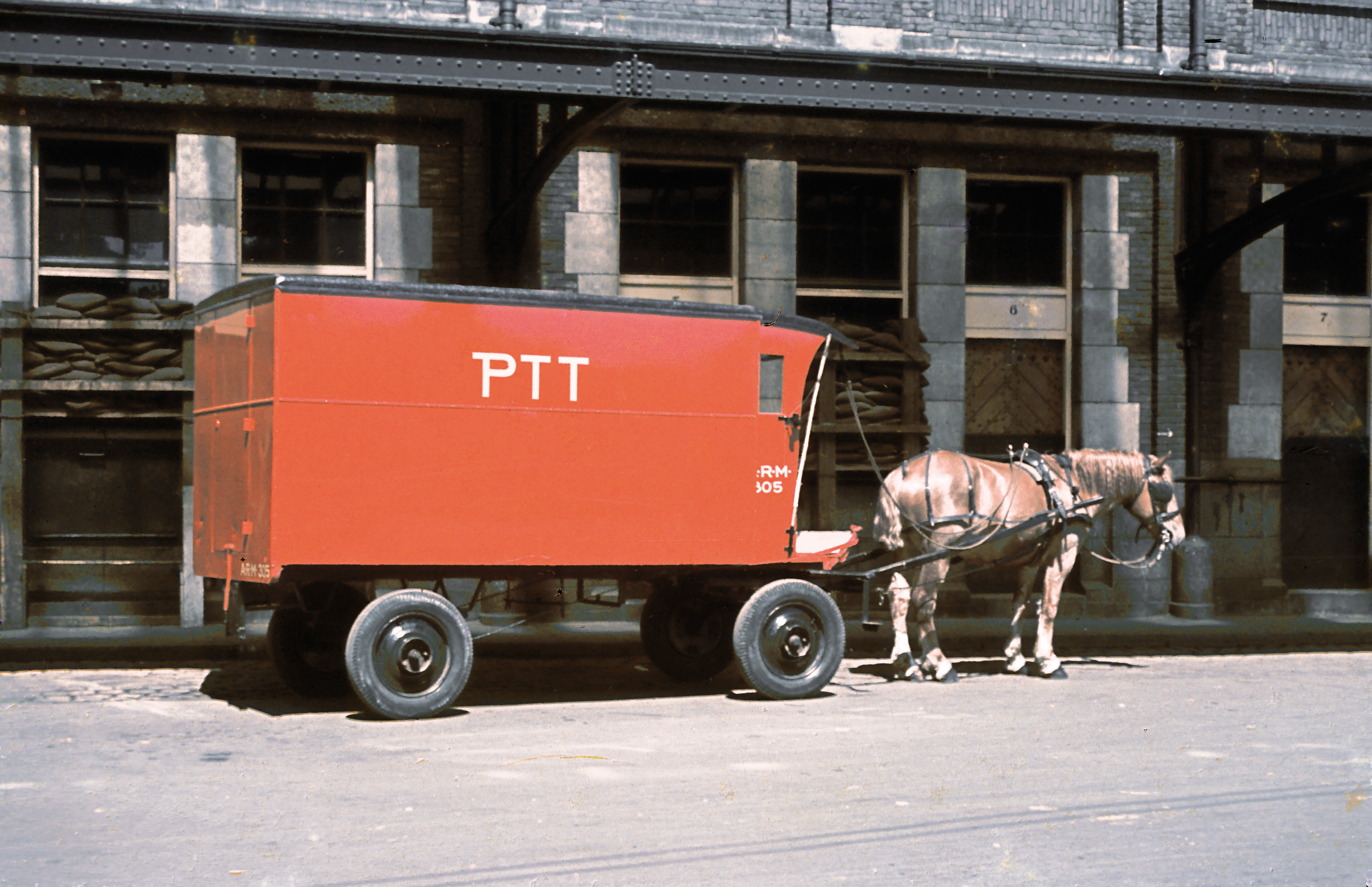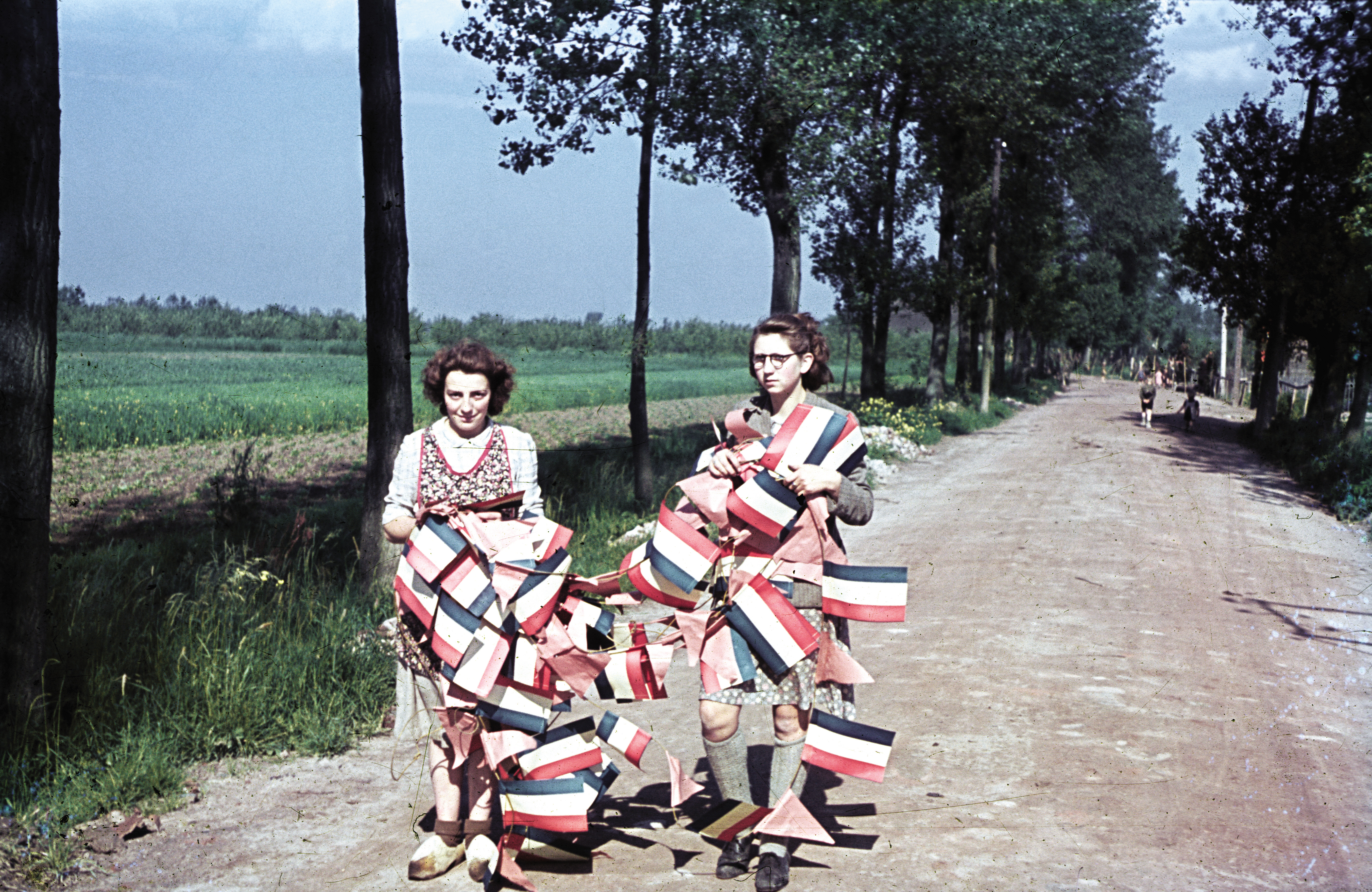Alphons Hustinx was born in Maastricht on 13 October 1900. He grew up in a wealthy family. His father was director of a bank. Like his older brother, Alphons attended grammar school. He became interested in photography as a teenager and a friend of the family taught him the basics. When Hustinx graduated from high school in 1922, his father wanted him to study law at the Catholic University of Nijmegen. Alphons began his law degree, but he could not resist the call of the big wide world. He took his first trip even before graduating, travelling to Poland with two friends in 1928. There, he found he could combine his passion for travel with his love of photography. When he graduated as a lawyer in 1930 he informed his father that he would prefer to pursue a career in photojournalism. Hustinx then went on several major trips and reported for newspapers like De Maasbode and De Telegraaf.
From Maastricht to Afghanistan
In 1932 the young Alphons Hustinx travelled to Afghanistan with his friend Theo Regout. The photographs Hustinx took during the trip have one recurring subject: their Model A Ford. The characteristic car features repeatedly in the pictures, on the road leaving the Netherlands, being winched on board a ship, beside camels in the desert and among children and adults looking on in amazement in the cities of the Middle East. Having arrived in Herat, Afghanistan after a long journey full of adventure, they found their papers were not in order, and they were detained for several days. Hustinx photographed this, too. He kept a detailed travel journal, and he also wrote where the photographs were taken on the edges of the negatives. It is therefore possible to reconstruct the trip almost down to the smallest detail.
The war in colour
The first colour films came onto the market in 1936. Alphons Hustinx immediately seized upon the opportunity to take colour photographs. He was one of the first photographers to master the new technique, and to be able to afford to experiment with it. He took his camera with him when he travelled around the Netherlands from 1938 onwards to show the films of his travels in cinemas and theatres, and to give lectures. Even after war broke out Hustinx continued to travel round the country. He set himself the task of documenting life in the Netherlands during the occupation. The result is slightly disconcerting for today’s viewers, used to the historical black-and-white images of the war. Hustinx presents a colourful picture of daily life in those dark times, from the pink ice-cream cart with the ice-cream man selling only ‘topped-off’ ice creams in a street full of blacked-out windows to the blue sky above Rotterdam after it had been flattened by bombing. After the war Alphons Hustinx made plans for several more long trips, but he continued taking colour photographs in the Netherlands until the mid-1960s, documenting the post-war reconstruction period.
Film
Alphons Hustinx was not only a photographer, he was also a filmmaker. During his trip through the Middle East he and Theo Regout made dozens of films which they later edited into a long documentary. Thanks to a collaboration with EYE Film Institute, the recently restored film From Maastricht to Distant Afghanistan will be screened in its entirety during the exhibition.
Publication
A special issue of Hollandse Beelden magazine devoted entirely to the work of Alphons Hustinx will be published to coincide with the exhibition.
The Hague Museum of Photography would like to thank its chief sponsor, law firm Pels Rijcken & Drooglever Fortuijn and the Erik Bos Fund for their support.
